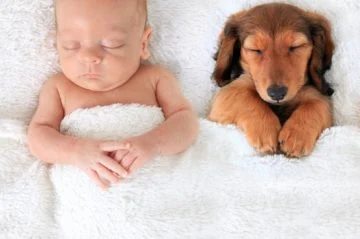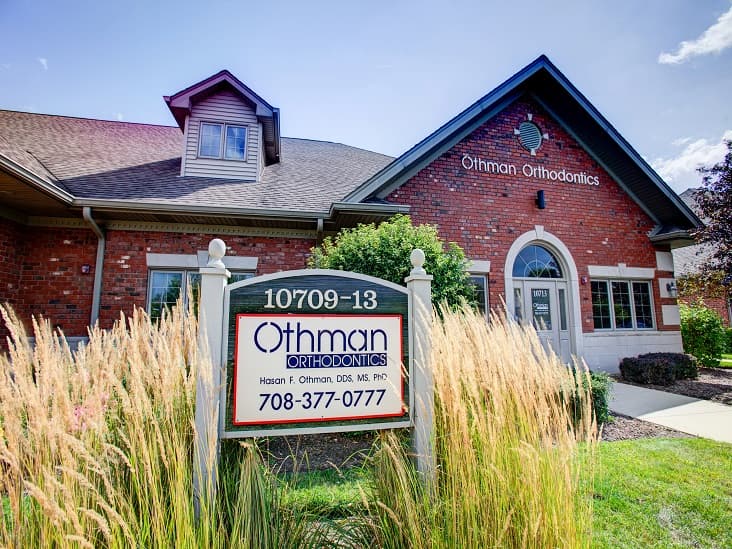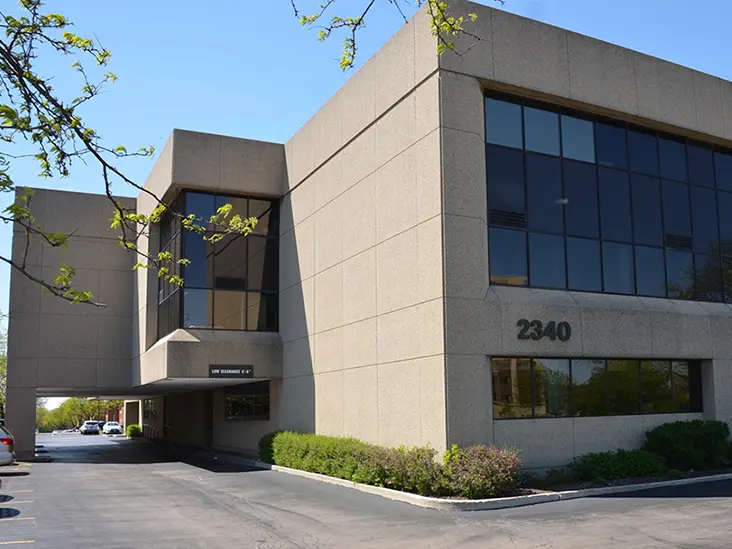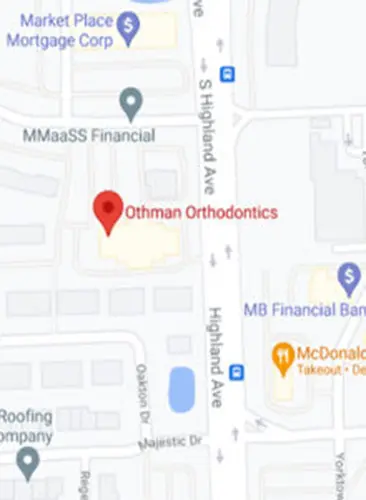More often than not, people have a preconceived notion of a typical representation of sleep apnea and this has been one of the greatest problems in creating awareness for this condition. Most times, people tend to easily picture the image of a middle-aged overweight male whenever the thought of a patient suffering from sleep apnea comes to mind.
This image is not always an accurate representation of those who could possibly suffer from sleep apnea. In fact, due to this misconception, many women have been erroneously diagnosed with insomnia when they are actually suffering from sleep apnea. Worse still, many people believe that children do not fit the typical patient profile and as a result, many of them suffering from sleep apnea have rather been diagnosed with other disorders, such as ADHD.
Unlike the case of adults, the prevalence of sleep apnea seems to be much lower in children. However, it still calls for concern with 5% of children affected as against 26% of adults. When left untreated, sleep apnea can put children at risk of having learning, adaptive and behavioral problems. Sleep apnea may also cause poor sleep with daytime symptoms that can manifest as symptoms similar to poor performance at school, difficulty with concentration and learning, and ADHD-hyperactivity.
A study showed that 25 percent of children diagnosed with ADHD were actually having symptoms of sleep apnea and their behavioral and learning problems are rather related to poor sleep. As they grow, children run the risk of developing cardiac issues and hypertension when the sleep apnea is left untreated.
Causes of sleep apnea in children
Over 18 million adults are affected by obstructive sleep apnea (OSA). But according to the National Sleep Foundation, 2-3 percent of children of all ages, including newborns are afflicted by this sleep-related breathing disorder. Sleep apnea and toddlers are not often related, however, there are certain factors that can make this happen.
Children with enlarged adenoids or and tonsils are at a higher risk of developing sleep apnea. Breathing difficulties can be experienced during the day when these tissues are enlarged. The muscles in the body, as well as those in the throat, tend to relax when the child is asleep. As a result of this relaxation, apnea events may be observed during sleep. This is because the adenoids and tonsils have been made to further restrict the flow of air in the upper respiratory system.
Some other factors include having less muscle tone as is the case with children suffering from neuromuscular disorders, cerebral palsy, and Down syndrome. Also, children stand to be at risk of developing OSA when they are being exposed to tobacco, being obese or having a larger-than-usual tongue, or a small jaw or midface. Just as is the case with adults, childhood obesity can immensely contribute to sleep apnea. However, this does not really affect younger children. It is only believed to be a factor for OSA among older children who are often between ages 12 and 18.
Diagnosis of sleep apnea in children
The most efficient way to rule out or diagnose the presence of sleep apnea in children is by scheduling an appointment at a sleep facility. The pediatric sleep specialist may suggest dealing with weight or allergies if he or she thinks that these may be the primary causes of the problem.
For a more detailed diagnosis, children may also be referred to an apnea expert, a sleep expert, a lung specialist (a pulmonologist), or an ear, nose, and throat specialist (ENT Specialist). Polysomnogram (PSG) is the test that is most commonly used to diagnose sleep apnea. It’s generally recommended to schedule an overnight polysomnogram at a sleep facility.While helping to study the rate of gasping sounds and snoring during sleep, this diagnostic process also helps to monitor oxygen levels in the blood, breathing, eye movement, and brain waves. Trained sleep specialists are always available in the sleep lab to ensure continuous observation in a sleep lab under standardized conditions. Pediatric patients should be referred to a pediatric otolaryngologist for adenotonsillectomy when findings support the existence of obstructive sleep apnea. In higher-risk groups, it is recommended that appropriate perioperative and postoperative precautions should be taken.
Management of sleep apnea in children
With 90 percent success rate in most cases, surgery offers one of the most effective ways to correct the symptoms of sleep apnea since enlarged tonsils and/or adenoids are known to be the prevalent causes of OSA in children.In some cases, obstructive sleep apnea (OSA) in some children can be managed through continuous positive airway pressure (CPAP) therapy. This therapy requires the use of an airway pressure machine during sleep. By blowing air into the nose via a mask, it helps to keep the airway of the child open. However, it is important to note that this process does not really relieve the symptoms of central apnea.Weight management and lifestyle programs are usually recommended for children whose sleep apnea is majorly attributed to obesity. These programs are basically aimed at helping children manage their weight effectively. Some other techniques such as exercise and nutritional programs may be included.Asthma inhalers or medications can be apparently helpful particularly if respiratory disorders contribute to sleep apnea. Allergy medications are usually recommended when symptoms of sleep apnea are caused or aggravated by seasonal allergies. For older children with complete facial bone growth, oral/dental appliances may be recommended to manage their sleep apnea.




